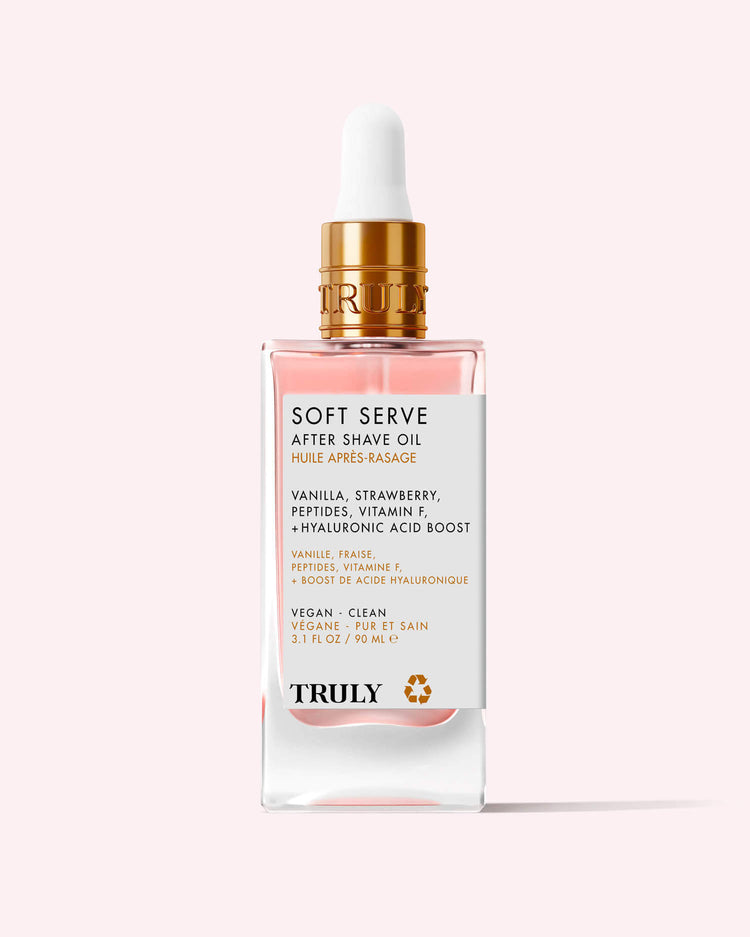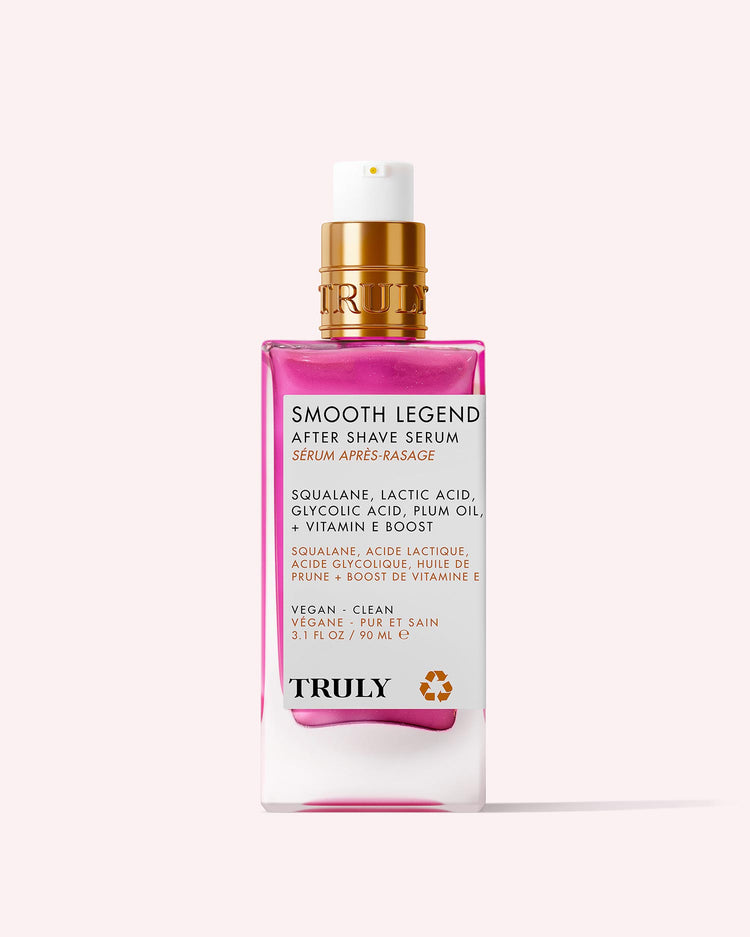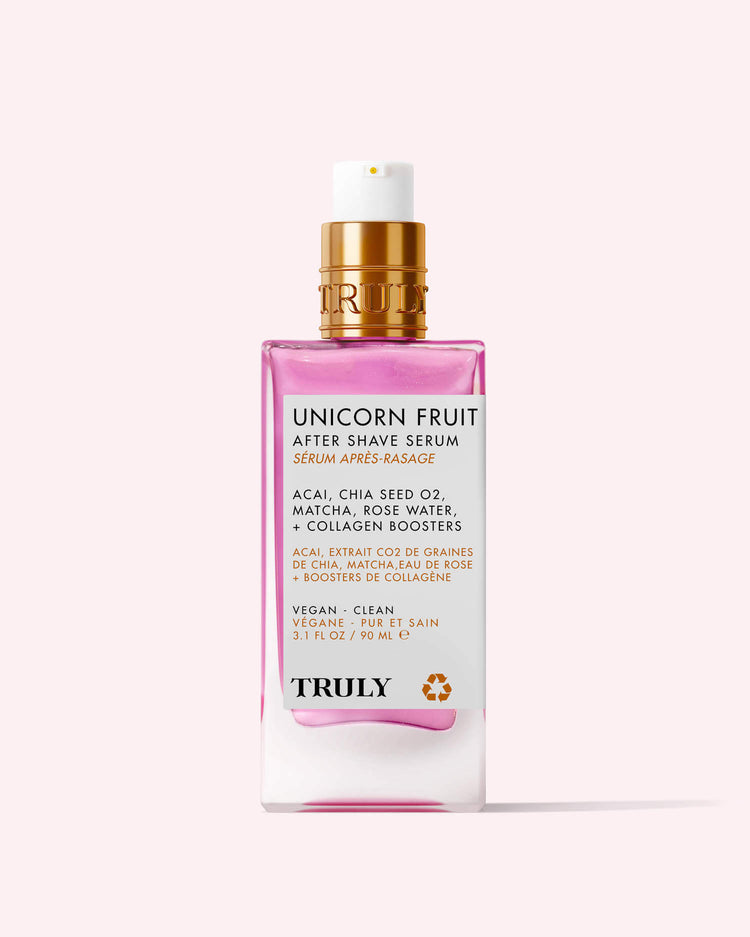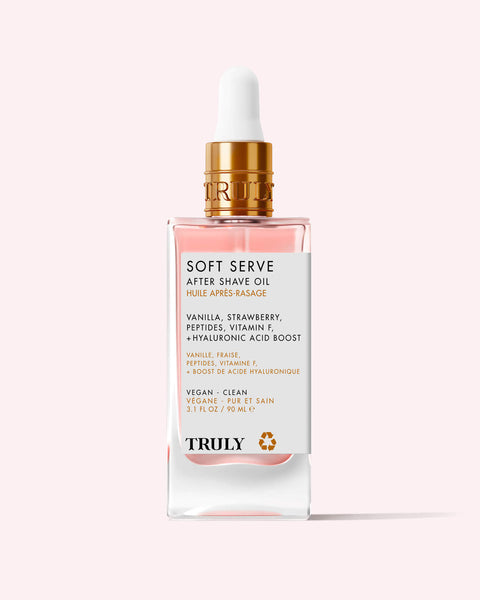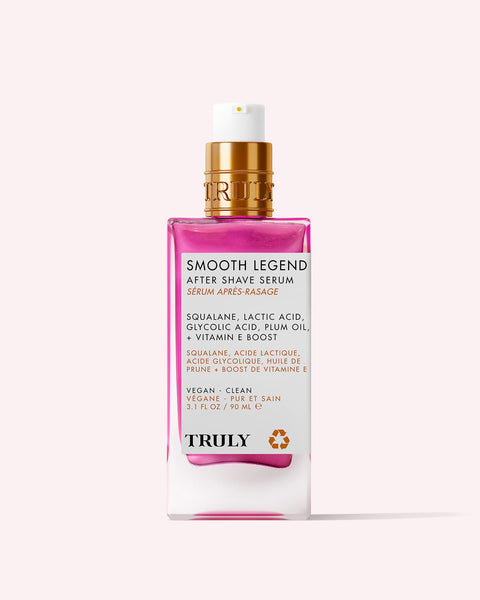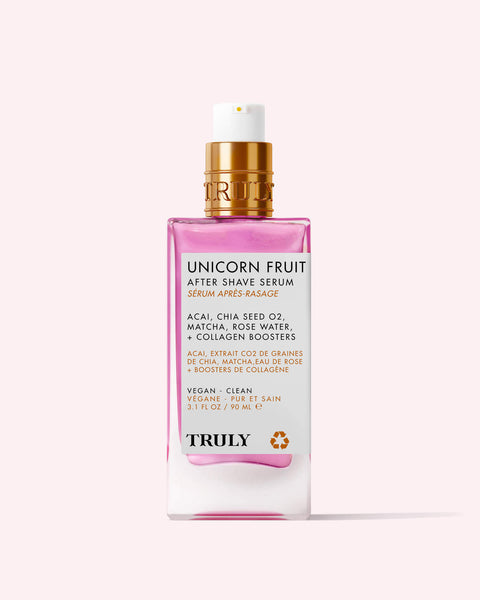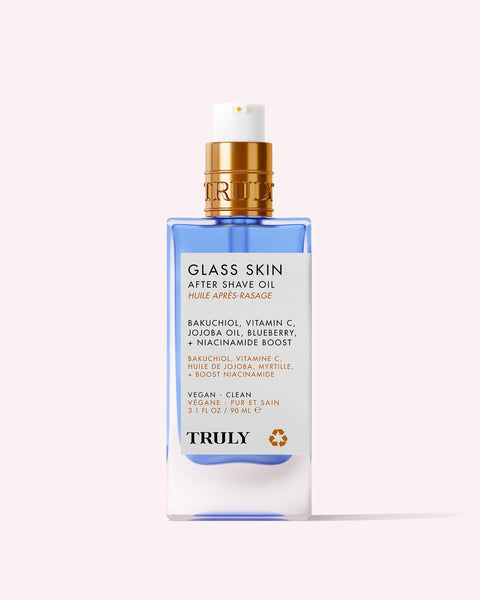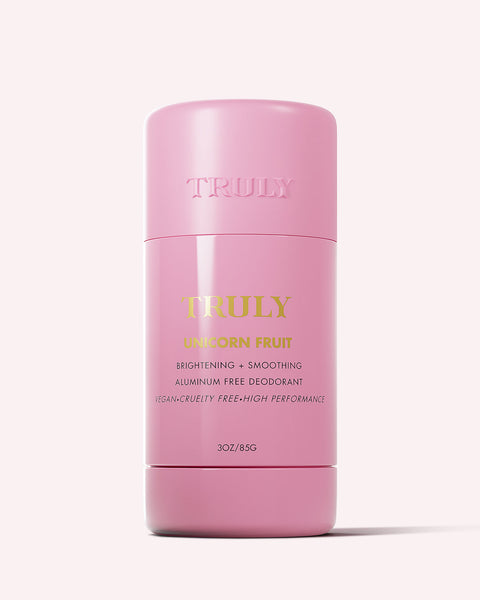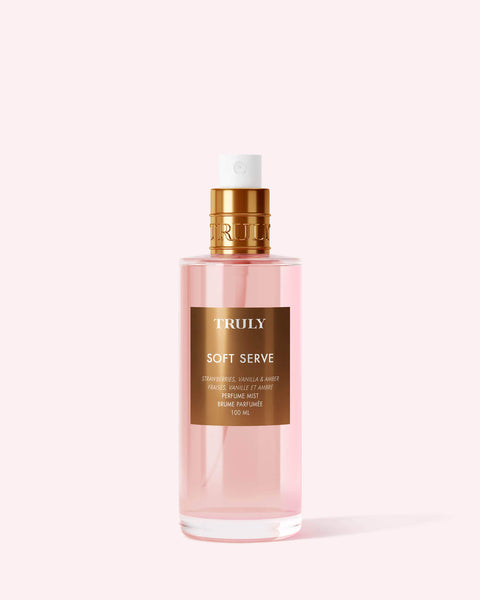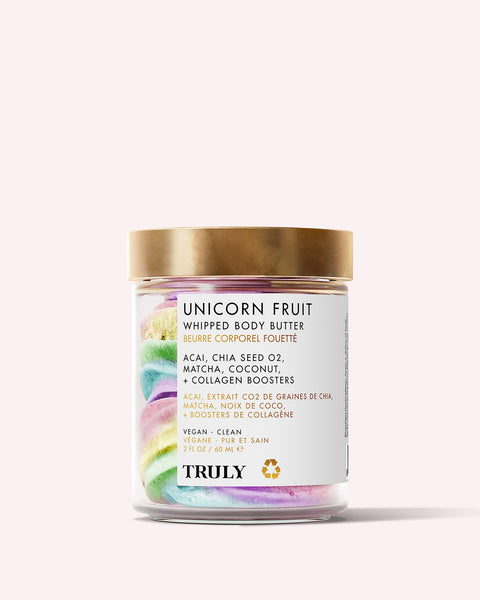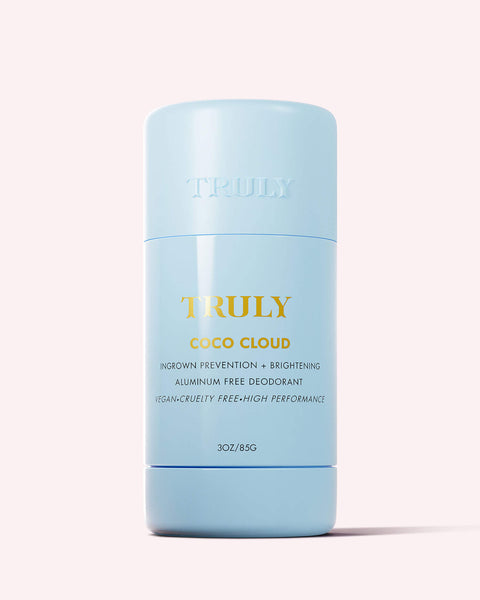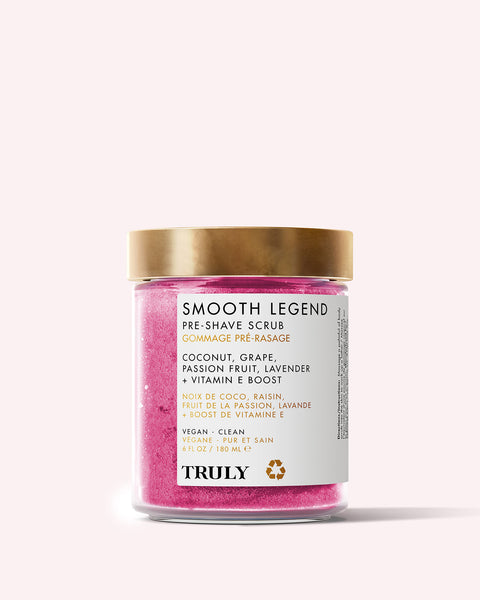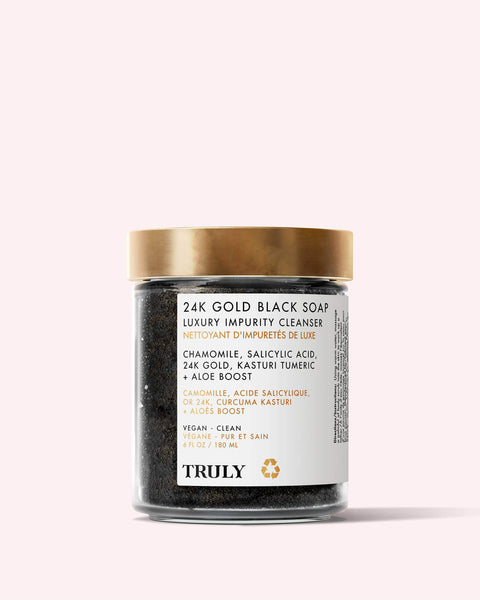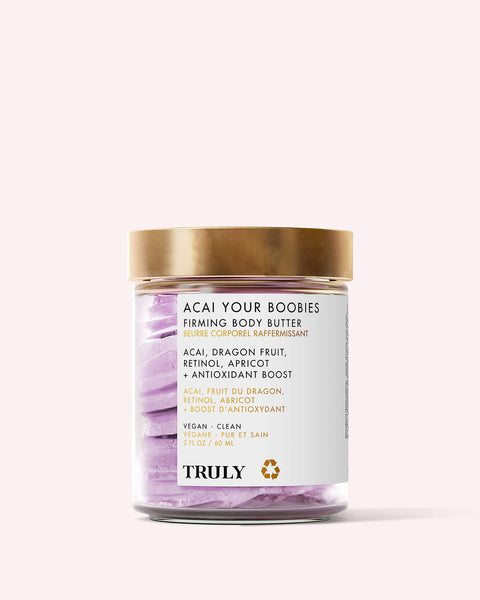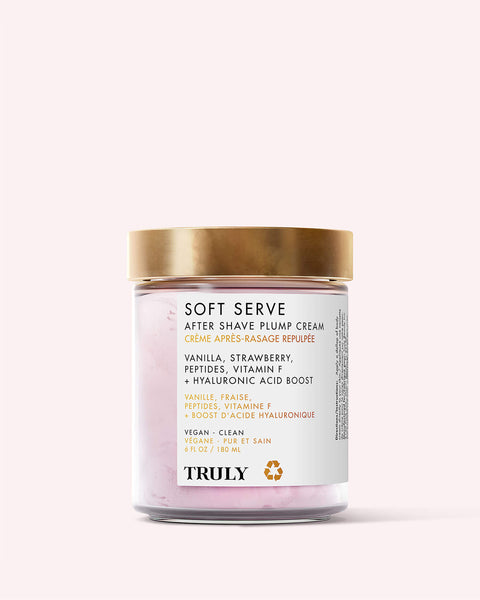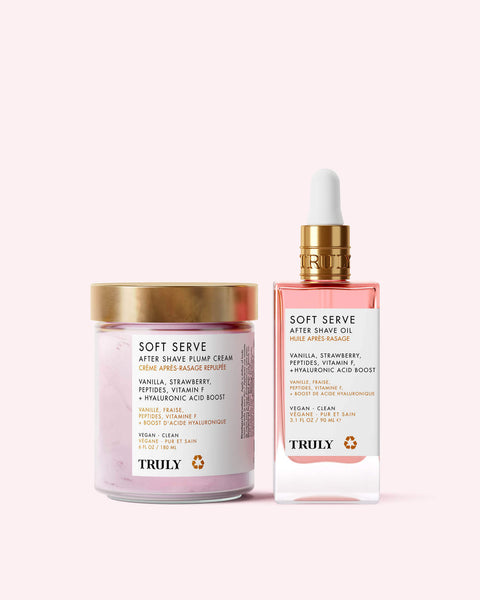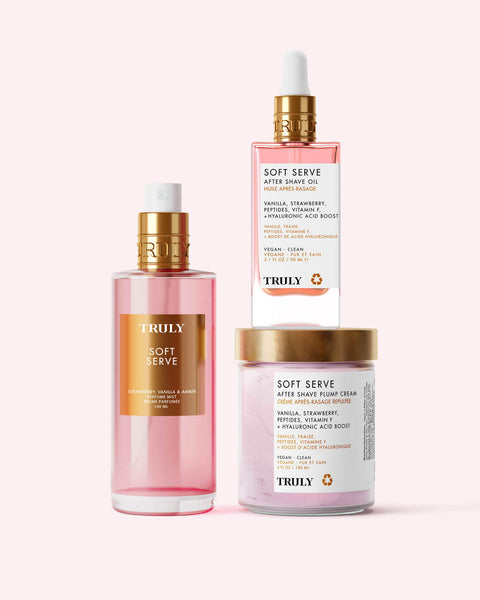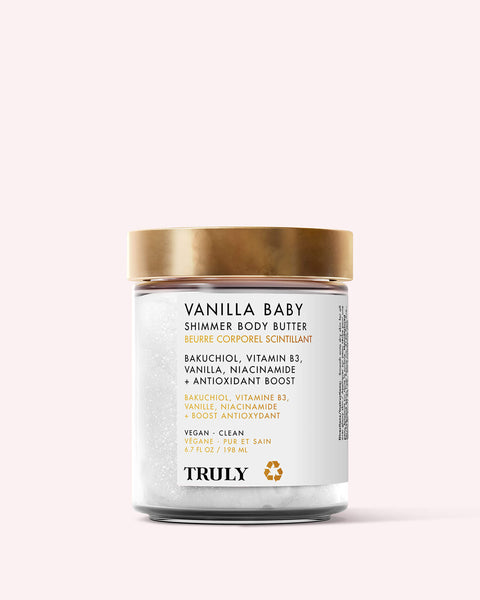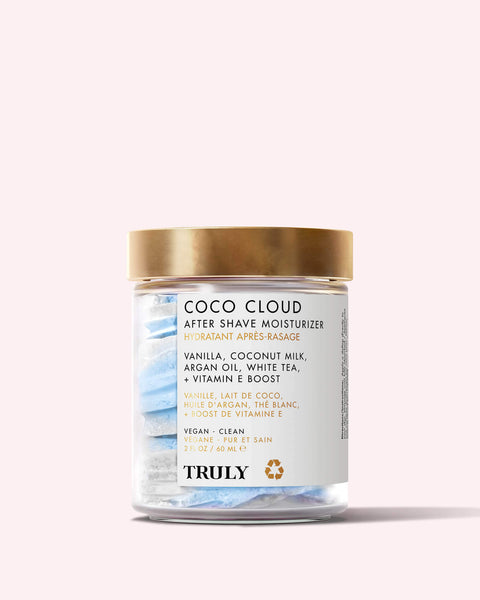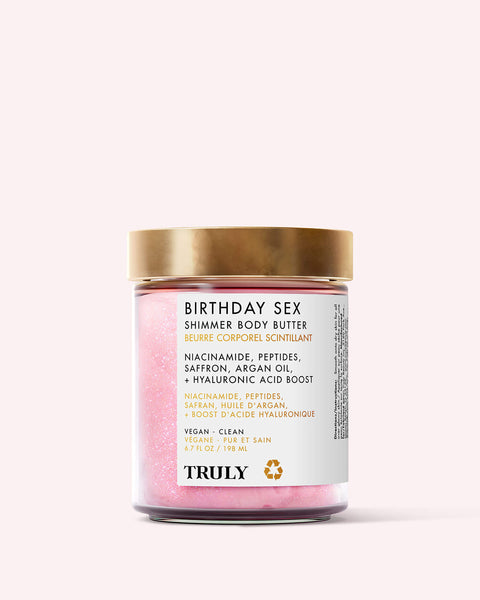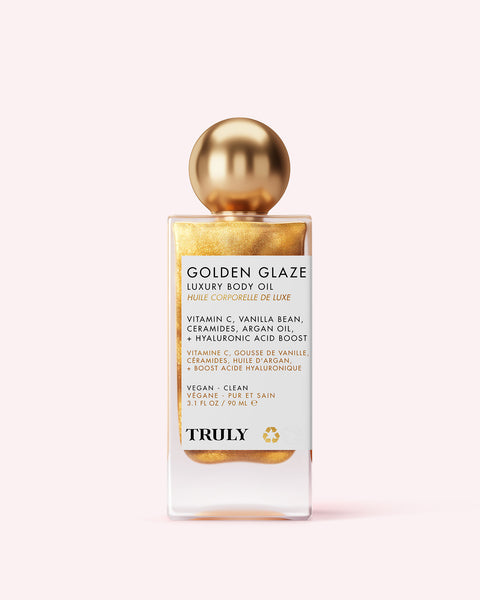What are Fine Lines? Everything You Should Know

Especially when you reach your mid twenties to early thirties, you start wondering, what are fine lines, what causes them, and is there anything you can do to treat fine lines?
As you get older, you won’t be able to avoid getting fine lines. However, there are things you can do to reduce the appearance of fine lines and stop them from forming. Here’s everything you should know about fine lines on skin.
What are Fine Lines?
Fine lines look like small creases on your skin. They form when the skin creases–usually with repetitive movements and facial expressions like squinting, smiling, and frowning.
Over time, these repetitive movements of your facial muscles can make fine lines permanent. When you’re young, skin can bounce back easier when you make these facial expressions that trigger creasing. But as you get older, skin isn’t able to bounce back the way it did when you were younger. This is due to the deterioration of elastin and collagen production.
What are fine lines put simply? They’re basically creases on your skin caused by repetitive facial movements and commonly found around the eyes, mouth, and on the forehead. That said, fine lines can also appear on your body too–especially on your neck and chest.
What is the Cause of Fine Lines?
Fine lines, often referred to as "expression lines" or "wrinkles," are a natural part of the aging process. As you age, the underlying structure of your skin–responsible for giving skin a firm and supple appearance–starts to break down.
Beneath the top layer of skin (epidermis) is another layer known as the dermis. This is the layer that contains collagen and elastin fibers that support the epidermis. When the dermis degrades, so does the epidermis, which can lead to development of fine lines and wrinkles.
Now you know what are fine lines, here are some common causes of fine lines on face and body:
Aging: As you grow older, skin naturally becomes less elastic and loses collagen and moisture. Collagen is the protein that provides structure and support to the skin. With a depletion of collagen and elasticity, skin becomes thinner and more prone to forming fine lines.
Sun Exposure: The sun's ultraviolet (UV) rays can damage the collagen and elastin fibers in the skin, which can lead to premature skin aging and the formation of fine lines. These lines appear most often in areas frequently exposed to the sun, such as the face, neck, and hands.
Repetitive Facial Expressions: Certain facial expressions that you make regularly, such as squinting, frowning, or smiling, can cause creases to form in the skin over time. These creases can gradually turn into fine lines, especially if the skin's elasticity is reduced due to aging.
Poor Skincare Habits: If you’re not cleansing, moisturizing, and slathering on sunscreen with SPF 30 or higher on a daily basis, you could be accelerating the development of fine lines.
Diet and Hydration: A diet lacking in essential nutrients and hydration can affect skin health. Adequate hydration and a diet rich in antioxidants, vitamins, and minerals can help support the skin's elasticity.
Environmental Factors: Environmental pollutants and toxins can contribute to skin damage and the breakdown of collagen and elastin, leading to fine lines, hyperpigmentation, and sagging.
Loss of Subcutaneous Fat: With age, the fat layer beneath the skin can diminish, leading to a loss of volume and support. This can result in the formation of fine lines on your face or other areas of your body.
Sleep Position: Sleeping on your front or side can, over time, lead to the development of sleep lines, which can eventually turn into fine lines. These lines are often most noticeable on the face and chest.
At What Age Do Fine Lines Appear?
Now you know what are fine lines you’re probably wondering when fine lines appear? Fine lines can appear after the age of 25. They’ll be most prominent on areas exposed to the sun, like your face, neck, hands, and chest. Or if you use your facial muscles a lot, you may develop expression lines around the mouth, forehead, and eyes.
While a lot of people don’t start using anti aging skincare until they’re in their 30s or 40s, it’s really never too early to start. In fact, it’s worth starting early to prevent fine lines from forming in the first place.
Do Fine Lines Ever Go Away?
Fine lines will not go away on their own without treatment. If you leave them and don’t do anything about them, it’s likely they may turn into wrinkles.
What are fine lines treatments you can use to address skin creasing? Scroll down for our list of the best treatments for fine lines on face and body.
What’s the Difference Between Fine Lines and Wrinkles?
So, what are fine lines and wrinkles–is there a difference between the two? Wrinkles are essentially a deeper form of a fine line. While fine lines are mild, wrinkles are deeper set. In other words, you’ll be able to see a wrinkle much more clearly than you would a fine line.
Wrinkles actually form the same way that fine lines do. That’s why it’s so important to start treating fine lines on skin before they develop into wrinkles.
How to Get Rid of Fine Lines
If you’re wondering how do I get rid of fine lines on my face, you have options–and plenty of them. While you can go down the surgical or filler route, this can be painful, expensive, and risky. Fortunately, you can improve the look of fine lines with the right skincare products. Just make sure you know what you’re looking for. For starters, ingredients! Here are all the best ones for softening fine lines and preventing them.
Retinoids
Retinoids are a class of chemical compounds that are derived from vitamin A or are chemically similar to it. Retinol is a type of retinoid and a derivative of vitamin A. It’s been clinically proven to increase skin cell turnover, boost collagen production, and restore skin’s elasticity. These all make it a powerful anti-aging ingredient effective at treating fine lines.
Retinoids also combat photodamage, a major contributor to the formation of fine lines. They may even be helpful in preventing future fine lines.
Vitamin C
Vitamin C, also known as ascorbic acid, is a powerful antioxidant that can help reduce the appearance of fine lines and wrinkles. It does so by spurring collagen production, which can improve the overall texture of your skin.
Hyaluronic Acid
Hyaluronic acid is a naturally occurring molecule in the skin that plays a crucial role in maintaining hydration and plumpness. With regards to what are fine lines and how to treat them, HA increases collagen production and plumps out lines. What’s more, well hydrated skin tends to appear smoother and firmer.
Alpha Hydroxy Acids (AHAs)
Alpha hydroxy acids, or AHAs, are exfoliating acids that are used to improve skin texture, and address various skin concerns, including fine lines and wrinkles.
AHAs work by breaking down the bonds between dead skin cells on the skin's surface, promoting their shedding and encouraging the growth of new, fresher skin cells. As a result, skin appears smoother and more supple over time. These resurfacing acids also treat dark spots and discoloration caused by UV rays.
Best Skincare For Fine Lines
Now you know what are fine lines and what causes them, here are the best treatments for fine lines.
Vegan Collagen Booster Set
SHOP NOW
A complete anti-aging routine featuring a facial cleanser, mask and serum, as well as a body polish and cream. Powered by retinol, vitamin C, and plant collagen booster to get you smooth, supple, and firm all over.
Glazed Donut Skin Set
SHOP NOW
A 2-step skincare routine developed to give you an instant youthful glow while softening fine lines. A facial serum and cream are included with antioxidant-rich grapeseed oil and passion fruit for the smooth skin of your dreams. It’s a quick fix for treating dry skin and visible signs of aging.
Bubble Butt Set
SHOP NOW
Get your body firm and tight in just two steps with the Bubble Butt Set. Inside, you’ll find a body scrub and serum infused with retinol, kombucha, saffron, and hyaluronic acid. It’s the dream team for a firm, line-free body. Plus, it’s suitable for all skin types.
In addition to following an anti aging routine, it’s important to use sun protection on a daily basis to shield skin from harmful UV rays which can cause premature aging such as fine lines, uneven skin tone, and even deep wrinkles.
Now you know what are fine lines, what causes them, and how to treat them, it’s time to get started with your anti-aging skincare routine!
Watch our how to treat and prevent fine lines tutorial:


